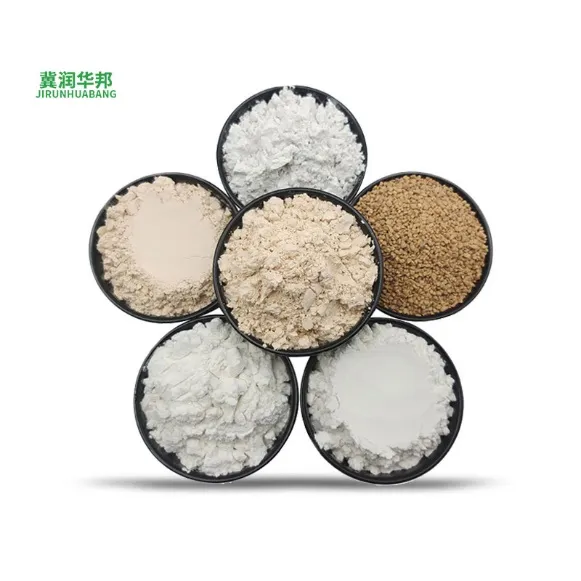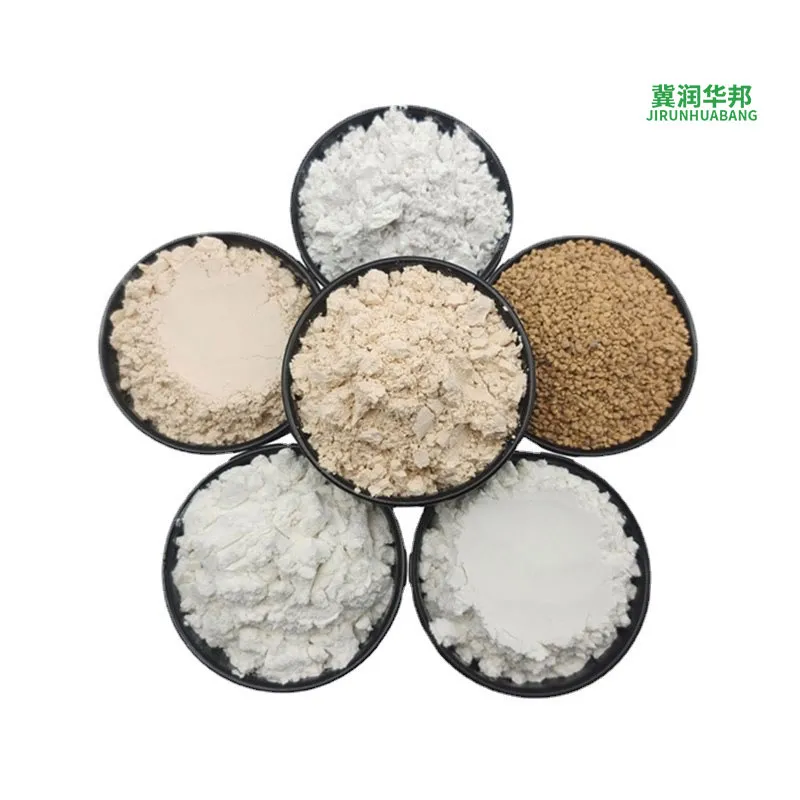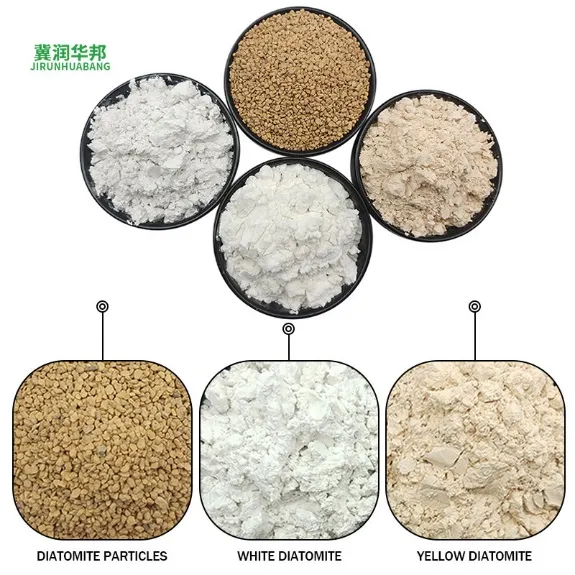The role of diatomaceous earth in environmental protection
Back to list
In today's society, environmental protection has become a global focus of attention. With the acceleration of industrialization, the ecological environment is facing unprecedented pressure. How to effectively control environmental pollution and achieve sustainable development has become an important issue for scientists and policy makers. diatomaceous earth, As a natural mineral resource, due to its unique physical and chemical properties, it is increasingly being valued and has become an important tool in the field of environmental protection.

Diatomaceous earth is a sedimentary rock formed by the accumulation of diatom remains, mainly composed of silica. Its microstructure is complex, with high porosity and large specific surface area
These properties enable organic diatomaceous earth to play a significant role in environmental governance. Firstly, in water treatment, diatomaceous earth is often used as a water filtration material, which can effectively remove pollutants and impurities from water. During the process of drinking water treatment, diatomaceous earth can capture bacteria, viruses, heavy metals, and other harmful substances in the water, thereby improving water quality and ensuring people's drinking water safety.

The application of diatomaceous earth in soil improvement is gradually gaining recognition
Research has shown that diatomaceous earth indoors can improve the physical properties of soil, increase soil permeability and water retention capacity, and enhance soil nutrient content. By applying diatomaceous earth, the growth environment of crops has been optimized, and the yield and disease resistance of crops have also been improved. This not only helps to improve agricultural production efficiency, but also reduces the use of fertilizers and pesticides, thereby reducing the negative impact of agriculture on the environment.
Diatomaceous Earth still shows promising prospects in industrial waste treatment and pollution remediation
The adsorption performance of pure diatomaceous earth makes it an ideal material for treating oil pollution, heavy metals, and other harmful chemicals. By mixing diatomaceous earth with wastewater or soil, these pollutants can be effectively adsorbed and removed, thereby achieving self repair and restoration of the environment and reducing long-term damage to the ecology.

In terms of solid waste management, diatomaceous earth also shows strong potential for application
As a low-cost biomaterial, diatomaceous earth dust can exhibit excellent adsorption properties in leachate control of landfills, helping to reduce the leakage and diffusion of harmful substances and thus alleviate land pollution. Meanwhile, diatomaceous earth can also serve as a soil amendment, promoting the reuse of waste and achieving effective resource recycling.
In summary, due to its unique physical and chemical properties, diatomaceous earth has shown significant environmental protection potential in fields such as water treatment, soil improvement, industrial waste treatment, and solid waste management. Although diatomaceous earth still faces some technical and economic challenges in practical applications, its positive role in environmental governance cannot be ignored. In the future, we should strengthen the development and utilization of diatomaceous earth resources, promote their sustainable application in ecological environment protection, and contribute to the construction of a sustainable ecological environment.
